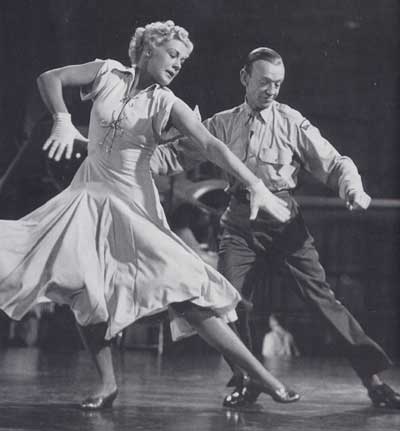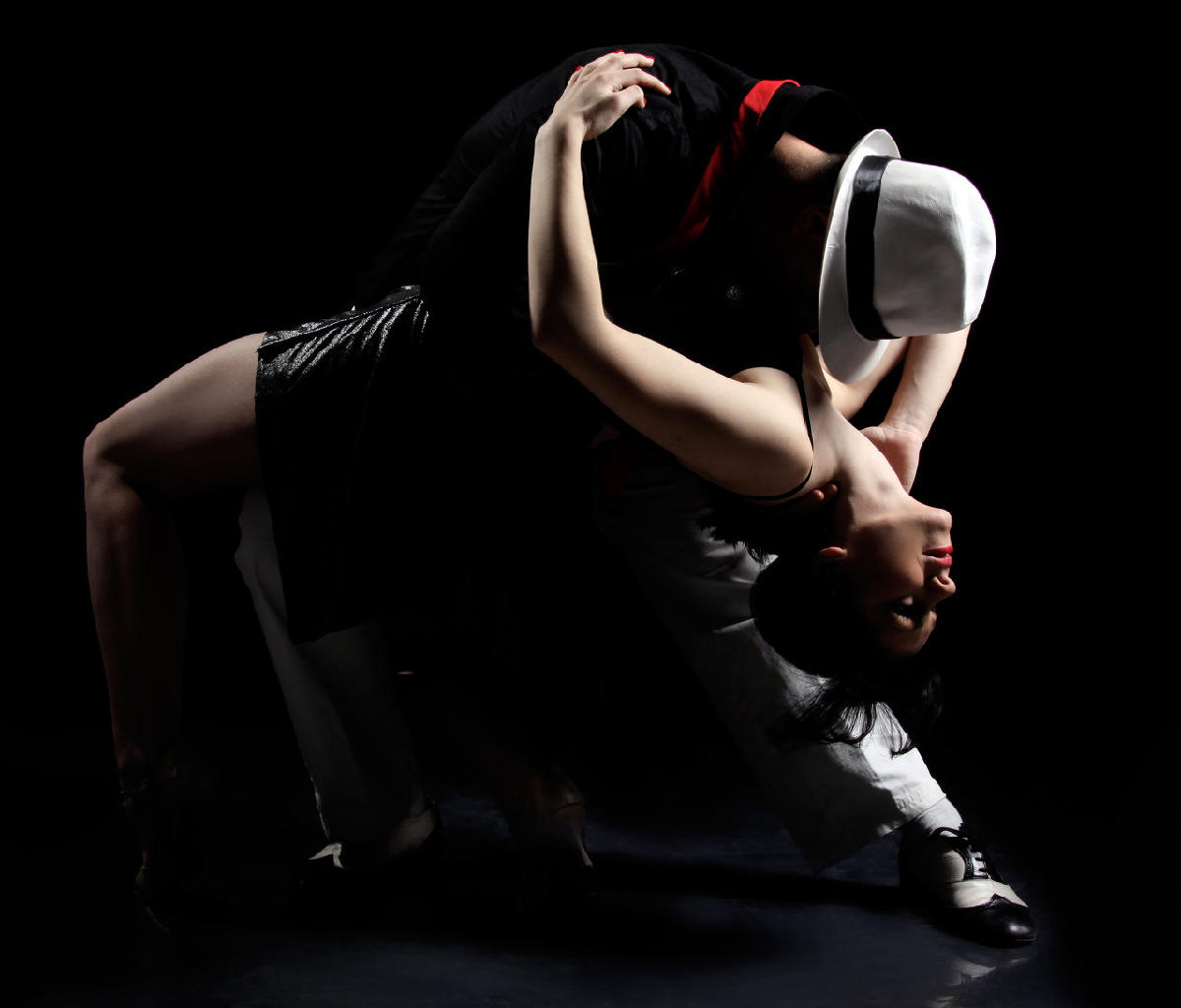Salsa Dance- History
Salsa has two key components – dance and music. Each has its own beginning and evolution. While they are intertwined, learning each one makes you understand how they both developed as a dance and as a music genre. , because Salsa music can even stand on its own, while Salsa as a dance, can use other types of Latin beats.
It is difficult to know exactly where Salsa originated. It was believed to have its roots in Cuba or it could have come from Puerto Rico. There were political and cultural upheavals in these two countries around the 1930s, which is believed to be the time that Salsa evolved. As far as we know, it might have been brought about by different cultural influences, gelled into sensuous and rhythmic movements and elaborate steps – from by the immigrants to the United States who came from Puerto Rico and Cuba.
The name
The name of the dance is very fitting – SALSA – which is Spanish for “sauce” that connotes a spicy mix. The name itself, while Hispanic in its etymology, was coined right in the United States, in New York specifically, where there was a great influx of Hispanic immigrants in the 1930s and the 1940s. It’s American-bred and, popularized by the large Latino community in New York.
Origins
While there is confusion as to its specific origin, what is typically accepted is that Salsa is a fusion of several informal dance styles. It has Caribbean roots from Puerto Rico and Cuba, interwoven with elements from North and Latin America. Actually, it’s a combination of Cuban Són, Guaguanco, Danzón, Mambo and other dance forms from Cuba. Salsa music became solely identified with the dance, and both these forms show very strong African influences as well.
It cannot be argued that Salsa (both music and dance) stemmed mainly from Cuban Són, but Salsa is more sensuous and flirtatious than its oldest relation. While it is a combination of many Latin dance forms that shaped it during its formative years, the Salsa that we know today is the modern interpretation of older dance forms by North Americans.


From the very vibrant dancing and musical scenes of the Latino community in New York during the 1950s, wherein Salsa was not yet a standout, it became an Anglo mainstream dance craze in the 1970s. In that period, Salsa was adopted as the name for the new dance style, which reduced cultural and linguistic barriers.
Salsa is indeed a spicy mix, because its origin is peppered with contradictions and hearsay. It is not purely Cuban and not entirely Puerto Rican, although the Latino community in New York at that time was largely made up of immigrants from Puerto Rico. But the evolution of the dance goes further back. Haitian and French immigrants lent elements of their Danzón dance, while the African slaves who were brought to the United States against their will provided elements of Rumba as well as other traditional African musical instruments that created Salsa’s pulsating beats. Salsa also has elements from Cuba’s Són and troubadour music, specifically Flamenco from the Spanish people. Also thrown into the very saucy mix are elements from Guaracha, Changüí, Comparsa, Cha Cha and Mambo.
Popularity
Salsa dance became very popular in the 1970s, strongly helped by the success of musical stars such as Reuben Blades, Willie Colon, Fania All-Stars and Johnny Pacheco. Where there’s music, there will be dancing, leading to the development of distinct Salsa styles.
Salsa is a partner two-person dance, but there are distinct solo steps and other forms that are danced in groups made up of couples, with frequent partner exchanges. It is a dance form that is open to improvisations. It’s great for social dancing and likewise a fantastic performance dance.
Next, you’ll learn the history of Salsa Music and the evolution of different Salsa dance styles. Keep on reading.

